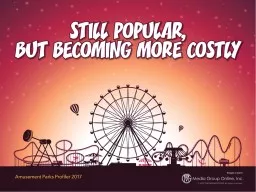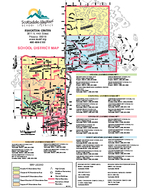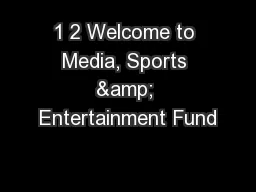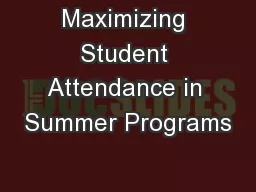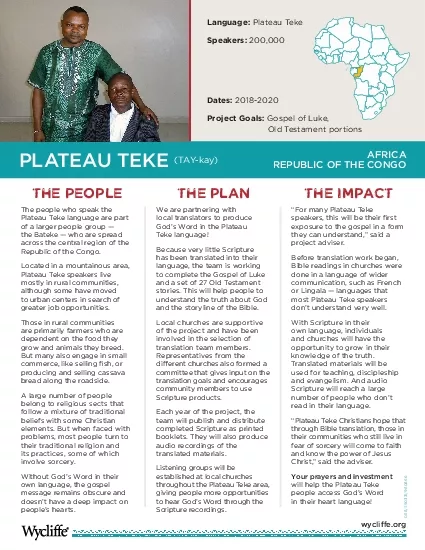PPT-Reaching a Plateau? According to Themed Entertainment Association (TEA), 2016 attendance
Author : conchita-marotz | Published Date : 2018-09-24
The main winner domestically was Universal Studios with an increase of 74 led by its Hollywood CA location which had almost a 14 increase During 2015 Disney dominated
Presentation Embed Code
Download Presentation
Download Presentation The PPT/PDF document "Reaching a Plateau? According to Themed ..." is the property of its rightful owner. Permission is granted to download and print the materials on this website for personal, non-commercial use only, and to display it on your personal computer provided you do not modify the materials and that you retain all copyright notices contained in the materials. By downloading content from our website, you accept the terms of this agreement.
Reaching a Plateau? According to Themed Entertainment Association (TEA), 2016 attendance: Transcript
Download Rules Of Document
"Reaching a Plateau? According to Themed Entertainment Association (TEA), 2016 attendance"The content belongs to its owner. You may download and print it for personal use, without modification, and keep all copyright notices. By downloading, you agree to these terms.
Related Documents

